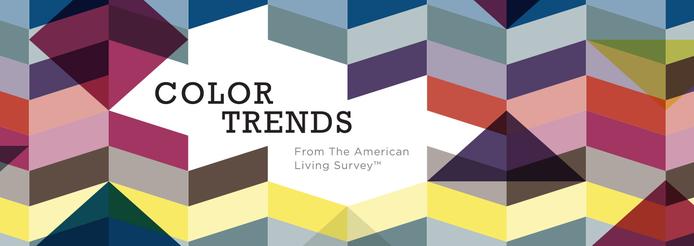“Anyone who launches new products will immediately appreciate the power of this resource to influence design direction, target appropriate price points, and select materials with high consumer appeal. What I love most is that it facilitates open and powerful discussions across the marketing, design and business teams. It minimizes reliance on “the gut feel” of just one individual in an organization and helps create a unified vision for success.”






